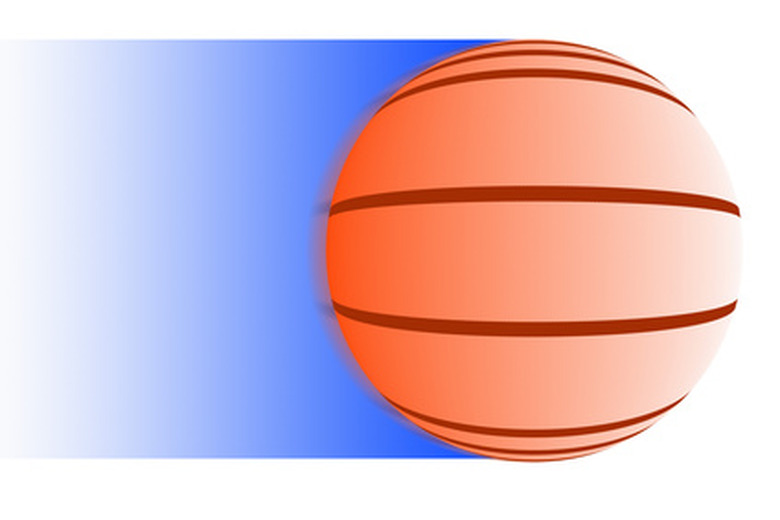Science Projects On Newton's Second Law Of Motion
Physics projects can be interesting and interactive when recreating Newton's second law of motion. These simple projects will help a child to learn hands-on about the physics that affects our daily lives. Newton's second law of motion states that when an object is acted on by an outside force, the strength of the force equals the mass of the object multiplied by the resulting acceleration. The formula for calculating the strength of this force is force = mass x acceleration. Newton's second law is sometimes referred to as the Law of Acceleration.
Spring-Loaded Toy Truck and Ramp Project
Spring-Loaded Toy Truck and Ramp Project
Use flatbed toy cars, varying weights, a 1m ramp, and a spring loaded trigger to demonstrate how changes in mass affect an object. Mark the ramp at distances of 0m, .5m, 1.0m and 2.0m, and position a weight on the flat bed car. Release the spring-loaded trigger and allow the loaded car to roll down the ramp. Record the distance that the car travels and the time in seconds. Repeat different trials by using varying masses. Write a conclusion and create a poster explaining how this project proves Newton's second law, and how it follows the formula of force = mass x acceleration.
Toy Car Speed Project
Toy Car Speed Project
Use toy cars, 3/8 inch washers, meter sticks and books to create an experiment with multiple variables. Create a ramp (between 20cm to 30cm in height) using books and three meter sticks that are taped together side-by-side. Place different amounts of masses on the top of the toy cars. Roll the differently weighted cars down the ramp one at a time, and record the time in seconds that it took for each car to completely roll downhill. Conduct several trials by manipulating ramp heights while keeping the mass constant. Create a data table, graph and a written paper detailing how your experiment follows Newton's second law of motion.
Newton's Second Law Ball Project
Newton's Second Law Ball Project
Project Newton's second law of motion using a softball, ring stand, 0.75m string, whiffle ball, and another softball with an eyescrew screwed on the top. Tie one end of the string to the ring stand and the other end to the eyescrew on the softball. Manipulate the height of the ball so it hangs just above the surface, and position the whiffle ball at the edge of the table. Adjust the ring stand so that when the softball is in motion, it knocks the whiffle ball off of the table. Repeat this trial using a whiffle ball instead of the softball. Create a written report and backboard display complete with your laboratory procedures, data, graphs, and conclusion. Fully explain the difference in the distance traveled by the different balls, and how this experiment's data upholds Newton's second law of motion.
Cite This Article
MLA
Ulrich, Ana. "Science Projects On Newton's Second Law Of Motion" sciencing.com, https://www.sciencing.com/science-newtons-second-law-motion-6158774/. 24 April 2017.
APA
Ulrich, Ana. (2017, April 24). Science Projects On Newton's Second Law Of Motion. sciencing.com. Retrieved from https://www.sciencing.com/science-newtons-second-law-motion-6158774/
Chicago
Ulrich, Ana. Science Projects On Newton's Second Law Of Motion last modified August 30, 2022. https://www.sciencing.com/science-newtons-second-law-motion-6158774/
